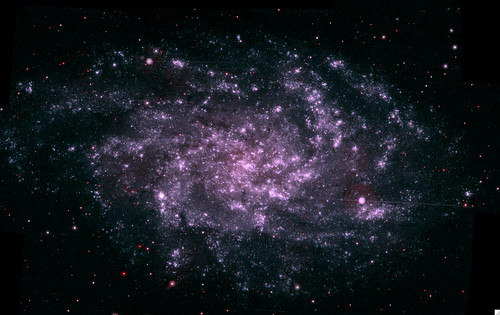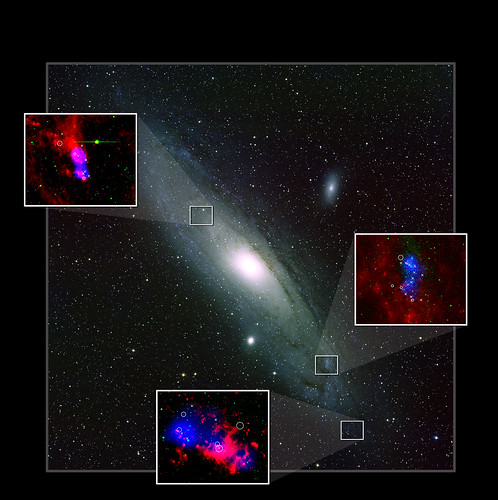
They recorded DIBs or Diffuse Interstellar Bands which have been a mystery since 1922 when Mary Lea Heger discovered the absorption features that did not fit the known patterns.
They are much “broader than the normal absorption lines seen in stellar spectra” among the ultraviolet, visible and infrared wavelengths.

While the mystery continues, nearly 100 years later, new clues related to the discovery of Carbon 60 (C60) brings some hope for identifying the mystery molecules.
Check out Nobel Prize laureate in Chemistry, Sir Harry Kroto, on the relationship of C60 to explaining DIBs.
If you really want to delve into the astronomical study of DIBs take an hour plus seminar with Dr. Farid Salama of NASA Ames and see how the study of these molecules can help us understand the origins of life and the universe. He suggests that there are more carrier molecules than one type (C60) and the debate goes on.
Why is this important? Because it's there. No, seriously, every time scientists discover something that doesn't 'fit' the normal patterns, we learn a little more about who we are and how God brought us into being. God created the Big Bang, but expects us to study creation so we have a clue how much greater God is than we are.
The Creator, who stumps us, time and again, with infinitesimal particles and the infinite expansion of the universe, wants us to know that we are loved and cared for. We can rest in the good hands of One, who hangs the stars in the sky--the Old Testament simplistic explanation of the Big Bang. If God manages the universe, or multiverse, as it may be, and we can't fully understand it, how much easier is it to help us in our every day life?
NASA and improved technology help science narrow the possibilities even as it expands its capabilities of observation.
As a P.S. I loved reading about Mary Lea Heger Shane, the founder of the Lick Observatory, who did her doctorate in 1924...a leader of woman going quietly about her business transforming the world through diligent work.
No comments:
Post a Comment